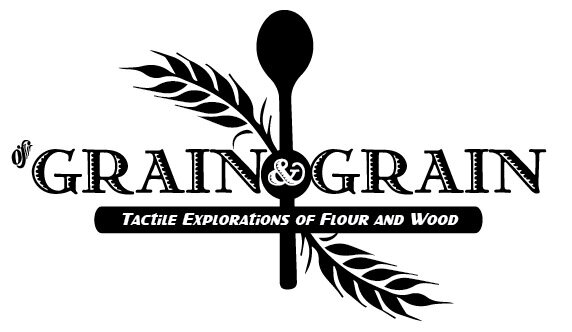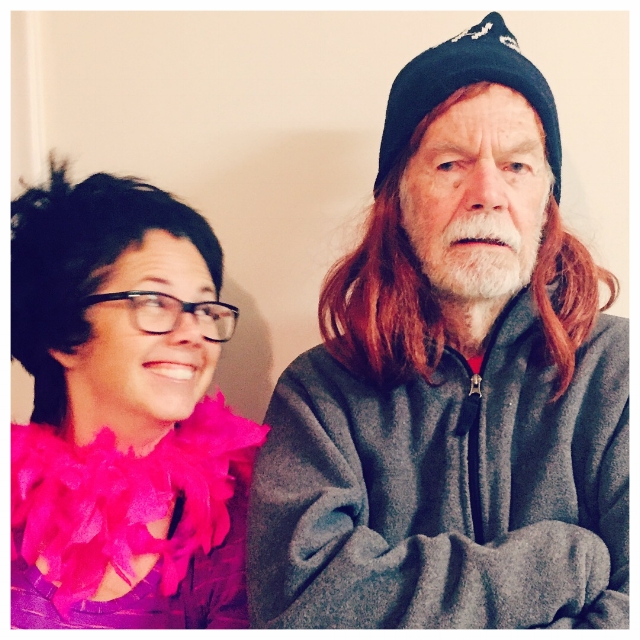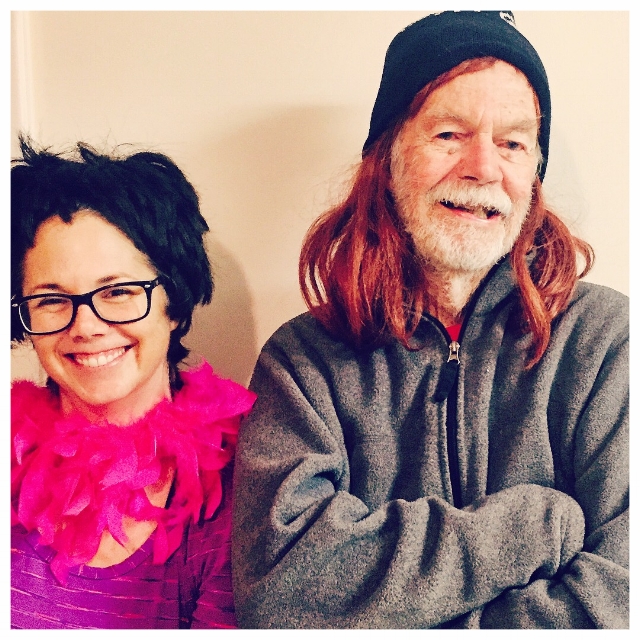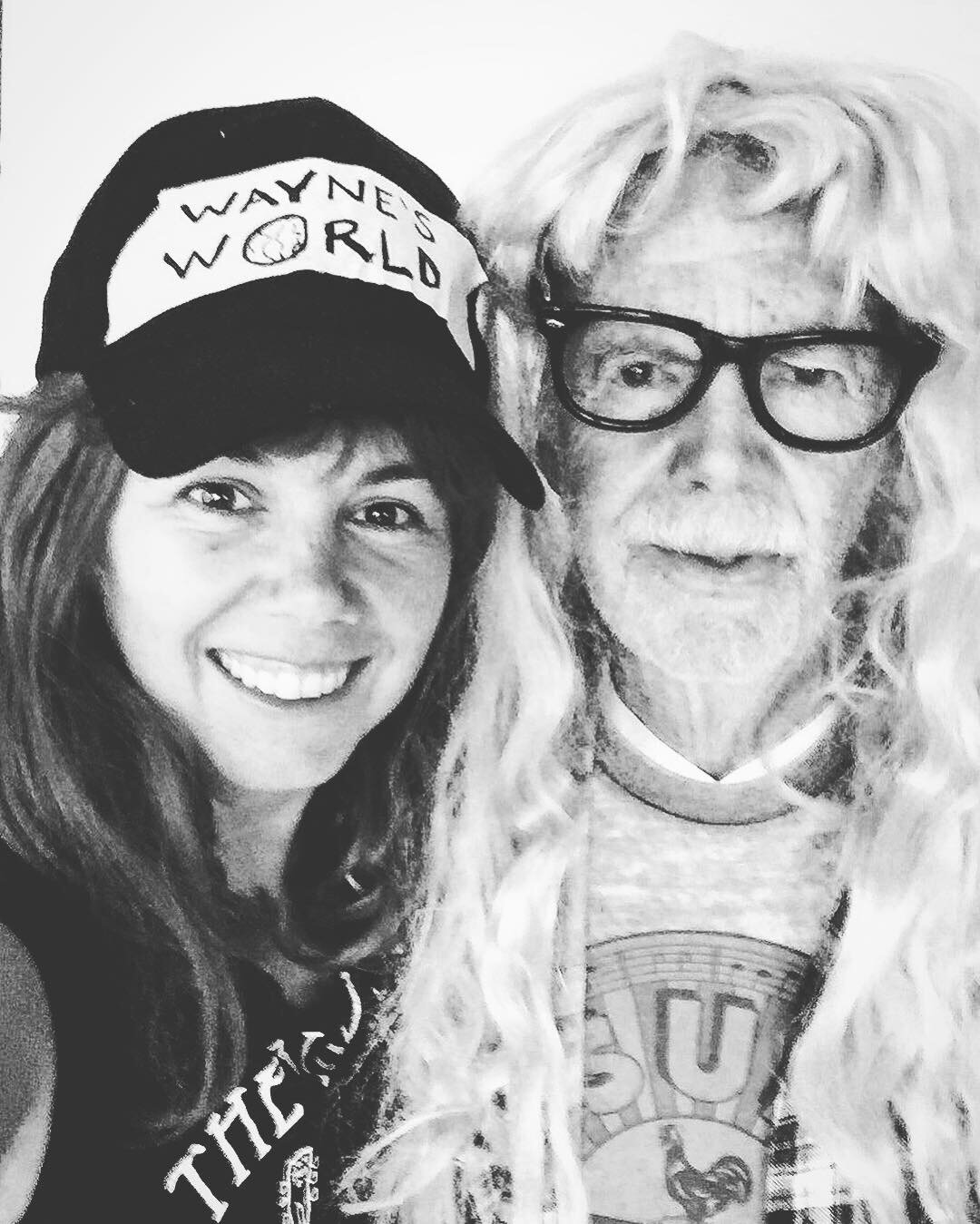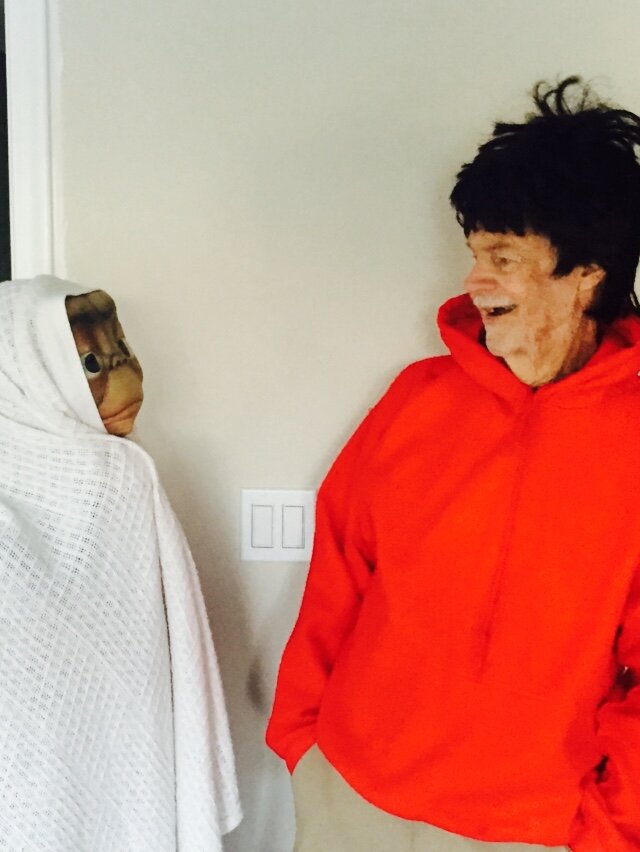Health Tips for Seniors: How to Live a Longer, Better Life
The fountain of youth is perhaps less of a magical well restoring juvenescence but instead, a repository that’s deep in knowledge. Understanding our needs throughout aging and accessibility to benefits and services can help us navigate some age related challenges that can improve upon quality of life. Fortunately, Harry Cline, creator of NewCaregiver.org and author of the upcoming book, The A-Z Home Care Handbook: Health Management How-Tos for Senior Caregivers is here with some tips for seniors on how to live a longer, better life! You can read his suggestions below.
Whole body self-care is important at every stage of life. For seniors, as new healthcare challenges arise, healthy living is critical not only for preventive care but also to actively combat ailments and be proactive in keeping your mind and body sharp. Developing healthy living habits not only helps you live a longer life, but it also improves your daily quality of life.
Health Insurance
It’s imperative to understand what is and is not provided under your insurance so that you can maximize the benefits, get the most out of preventative care, and plan ahead for the uncovered costs. At 65, you become eligible for Medicare, which means you are faced with options. When you apply for Medicare, you’re automatically enrolled in Part A, which covers stays at the hospital, some instances of skilled nursing, and hospice. Most people don’t have to pay for Part A, but there’s a deductible that you’ll need to familiarize yourself with each year.
Part B covers your normal visits to the doctor’s office, lab tests, medical equipment, ambulance, and other outpatient care. Annually, the government sets the monthly premium and deductible for Part B care. Part D covers prescription drugs. If you can afford the extra premiums, Medigap coverage, which is extra health coverage beyond your normal plan, can help you cover some expenses. You will want to keep up with yearly updates to these plans.
Part C, also known as Medicare Advantage plans, are in lieu of Parts A, B, and D. Some of these plans provide added coverage for dental, vision, and access to fitness facilities across the nation.
Self-Evaluation
As we age, our capabilities change. We will become more knowledgeable and skilled, but we may also lose some physical and mental capabilities. Frequently, you should evaluate where you are in your life. For instance, if your knees are not what they once were, pushing yourself in running or aerobics will only hurt you. Try the alternative like water aerobics or yoga.
Driving keeps adults mobile and independent, but as reflexes slow down and vision deteriorates, driving can become dangerous. Fortunately, if you must stop driving, there are alternatives such as public transportation, taxis, and ride-sharing options. More than ever before, you have more options to get around that don’t have to involve driving. You will still experience a high quality of life, even if you have to change how you go about it. You will, however, need to budget for this, because most public ride services aren’t free.
Self-Care
As life gets in the way, it’s easy to let things fall by the wayside. When people run out of time, money, or energy, one of the first things to go is self-care. To maintain as much independence as possible and live your best life, you must make your health and well-being a top priority. Even if you spent your whole life eating poorly, it’s not too late to turn things around. Pick up healthy cooking as a hobby, try fun recipes and experiment with new flavors.
Other self-care acts to incorporate into your life include:
Exercising regularly, focusing on balance and strength
Getting outdoors to experience fresh air and soak up natural vitamin D
Seeking help from a physical therapist to assist with posture
Joining a book club, chess club, or walking group to stay social and connected
Playing games and puzzles to keep your brain sharp
Taking time to relax
Taking time to travel
Unfortunately, even with a top-notch diet, you run a risk of not getting enough nutrients out of it. 40 percent or more of adults in the US don’t, but you can make up the difference with a high-quality multivitamin.
A healthier lifestyle can lead to a longer life, fewer years of illness, more independence, and happier days. It’s never too late to start living better. Start by being proactive with your healthcare, schedule regular wellness check-ups, and educate yourself on your health insurance. Also, regularly check in with yourself and your loved ones to assess your well-being and changes you can make to ensure your safety. Above all, prioritize your self-care to ensure your physical and emotional well-being is taken care of.
This is far from and exhaustive list of suggestions for living a better life and we would love to hear yours in the comments. We know that health is not a one-size-fits-all and you never know what suggestion might encourages one to take actions. Share your tips! We want to hear them.
